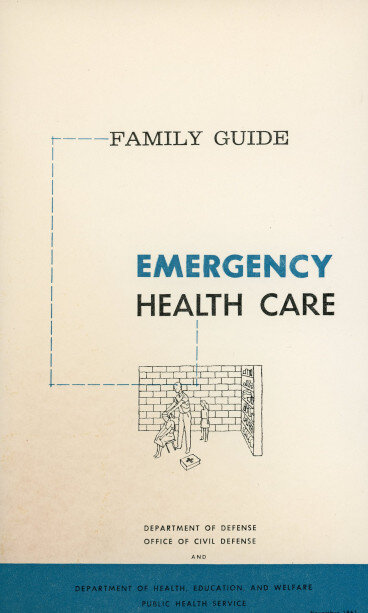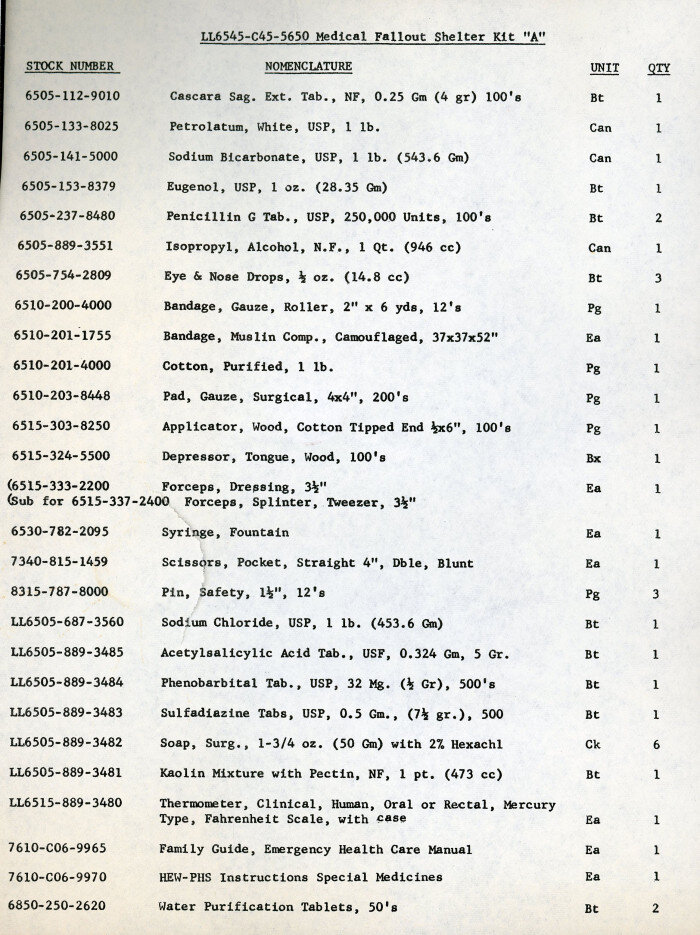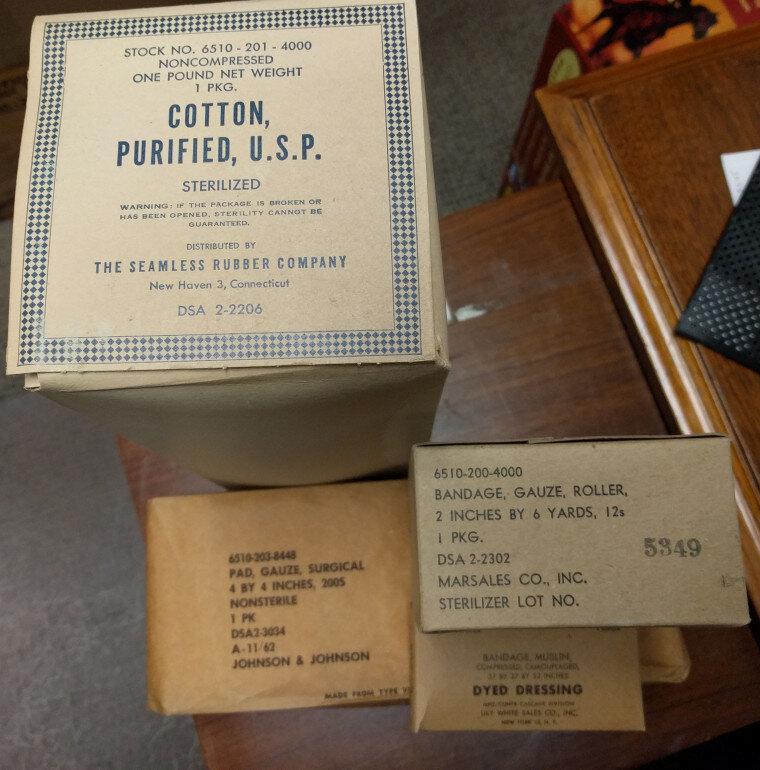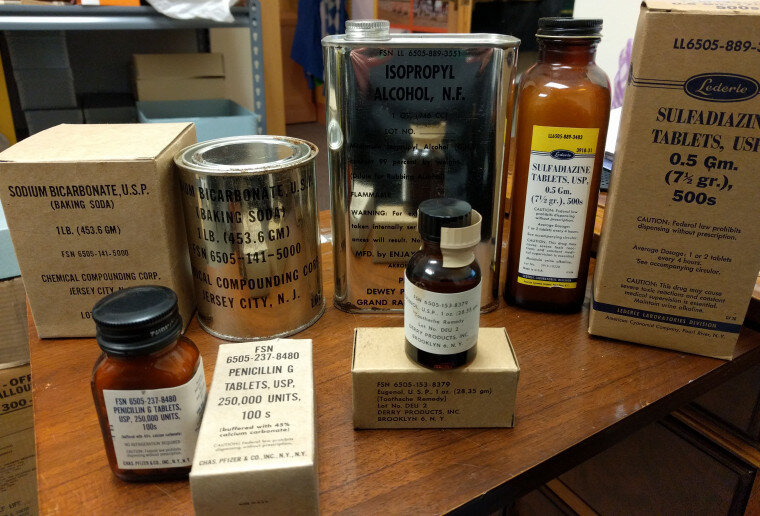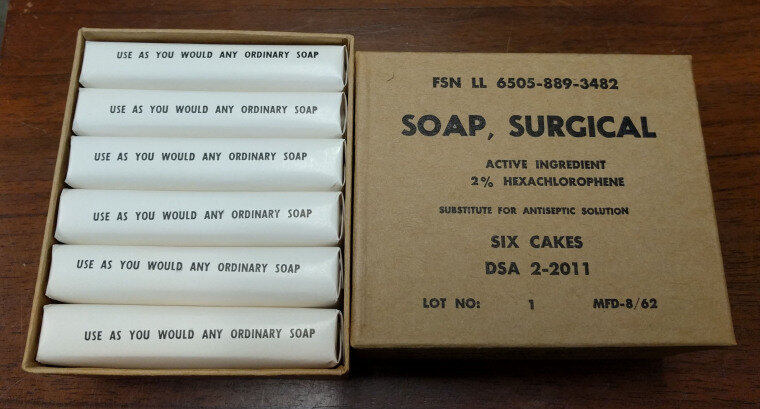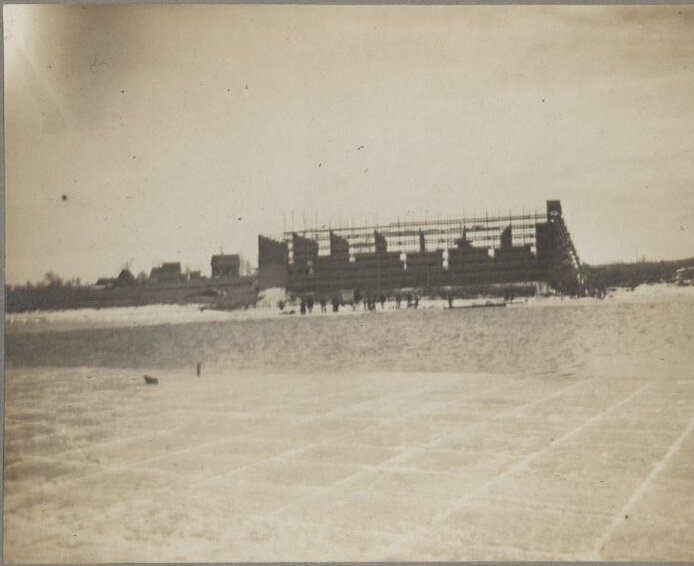Back in the mid-20th century, Shakopee had a bit of a reputation. In a time when gambling and liquor were illegal, they were both pretty easy to obtain in Shakopee. Restrictions on drinking and gambling made both of these activities lucrative for the business minded. Gangsters and unscrupulous business people used corrupt officials, money, and force to keep their illegal activities unchecked and underground. Shakopee became one of the area’s worst known offenders earning it the nicknames “Little Chicago” and “the local Las Vegas.”
In Early 1920, America enacted the 18th Amendment, also known as Prohibition, a movement that had been building in America well before 1920. It was spurred on by heads of church, political figures, business leaders, and social reformists worried about what alcohol was doing to America and they sought to rid their country of this moral threat. There was also a great deal of distaste for Germany at this time, it having been an opponent of America in World War I. Seeing as most beer brewers had German surnames, this drew American distrust and ire (Holmgren, 2005). Think “Freedom Fries” of the early 2000’s. Their venture “succeeded” and Prohibition was put into action January 17, 1920, guided by what was known as the Volstead Act.
While the 18th Amendment, in broad terms, made it illegal to sell, make, or transport alcohol, the Volstead Act determined what violation meant and how it should be persecuted. The Volstead Act stated that possessing, selling, manufacturing, bartering, or transporting anything that had an alcohol content above 0.5% was an in violation of the Amendment. Juices and ciders below this limit were permissible. There were few exceptions to this rule. This act still allowed alcohol to be used for medicine, sacrament, science, and industry. It also permitted physicians to prescribe up to one pint of alcohol per month to patients. Those permitted to have alcohol needed permits and were required to keep records for the sale of all alcohol. First offenders could be fined up to $1000 dollars and imprisoned for up to six months. Second offenders could be fined up to $2000 and faced imprisonment for up to five years.
Scott County, in the summer of 1919, had 40 licensed saloons in Shakopee, Jordan, New Prague, Belle Plaine, New Market, Prior Lake, and Savage. When the 18th Amendment came into effect, many of these businesses had to make changes. At least, they had to give the appearance of change. Some chose to serve soft drinks and root beer instead of alcohol. Others changed to ice cream parlors. Sometimes both ice cream and soft drinks were served. One man planned to sell tobacco, merchandise, and a low to no alcohol malt beverage referred to as near beer. Other local businesses like the St. Paul hotel and Minneapolis House kept on as just hotels (Shakopee Argus, 1919). Some planned to continue on their businesses and practices with full intention to abide by the new laws but for various reasons, many did not.
A general issue that the 18th Amendment faced was the concept of supply and demand. First: with supply cut short, the ability to provide alcohol became extremely profitable. Second: Minnesota’s proximity to Canada, which had enacted its own form of Prohibition in 1920. Unlike America, they repealed their Prohibition after only two years as opposed to America’s 13 years. This meant the flow of alcohol from Canada reached the Twin Cities quite readily. Third: like most everywhere else, police and federal agents lacked the manpower to have any hopes of giving the new law any teeth. A fourth problem encountered in this area reached back years before Prohibition even began. This problem being a culture of corruption and lax policy enforcement already in place.
In Minnesota, the 18th Amendment was preceded by strict gambling laws enacted in 1851. Put simply, Minnesota had outlawed all forms of gambling. Even playing Bingo for charitable causes was illegal until 1945 (Williams, 2005). This was already poorly enforced and helped set a groundwork for further corruption. Some businesses had slot machines, pull tabs, and other forms of gambling that they kept “secret”, usually with the help of letting police or politicians in on the take. Other businesses were willing to leave their gambling out in the open without fear of repercussion. With gambling laws already being ignored, and/or profitable, it was easy to get police and politicians to lay off enforcing liquor laws.
It is not surprising that these elements allowed the Twin Cities to become a haven of criminal activity. These factors drew in some of the most famous gangsters of the time like Alvin Karpis, John Dillinger, the Barker Family, and “Baby Face” Nelson. The picture at the top is of our own local celebrity, Isadore “Kid Cann” Blumenfeld. In the picture, he is celebrating after being acquitted of the most high profile murder of his career, the murder case of Walter Liggett (Foster, 1999).
In 1920, Leon Gleckman was “the kingpin of the St. Paul liquor industry.” In St. Paul, he installed his own chief of police. This man, Thomas Brown, maintained his position through the entirety of Prohibition and even two years afterwards. He was not removed until wiretapping revealed his corroboration with criminal activities in 1935. Brown and his corroborators allowed organized crime to operate with very little to stand in its way (Foster, 1999).
In March of 1921, raids were conducted in Scott County and surrounding areas. In Carver County, ten arrests were made and one complete still was found with large quantities of mash. Mash being the fermented mixture of cornmeal, sugar, water, and yeast used to make moonshine. Four arrests were made in Jordan and it was claimed that 100 gallons of liquor was seized, 25 gallons having come from one house alone. Three arrests were made in Belle Plaine, along with two others in Chaska. R. H. Mies, the mayor of Hampton was arrested for having approximately 10 gallons of liquor in a restaurant he owned. Near Fish Lake, police expected to find stills but only found liquor. In New Market, a man was raided after drunkenly bragging that he had already made $16,000 off of the sale of illegal liquor. Shakopee stands out slightly in this list of raids, with only one arrest. One arrest but seven other cases that were pending further investigation. The reason for this? Those seven were being investigated on suspicion of having been tipped off to the raids (Jordan Independent, 1921).
Operators in Shakopee had local police and politicians deep in their pockets. Businesses, such as the Rock Spring Cafe, had runners to inform them of when raids were coming and safe houses to house their illicit materials. Informants in the police department, much as in the case of Thomas Brown of St. Paul, profited from keeping gambling dens and speakeasies informed. In later years, corruption was so bad that Shakopee’s mayor at that time, Mayor Cavanaugh, requested Pat Thielen become a police officer so there would be someone he could trust in the police department. After making thirty-two arrests, people tried to use threats and whatever other leverage they had to stop him (Thielen). This is one of the reasons Shakopee became known as “Little Chicago.” It became known for its blatant disregard of gambling and liquor laws. Betty Dols, Scott County Historical Society’s librarian, once wrote, “Anyone over sixty years of age can remember when there were slot machines in every bar, restaurant, store and cafe in Shakopee.” (Dols, 2003) In fact, one reason Mayor Cavanaugh sought out Pat Thielen is because Governor Youngdahl gave a deadline to have Shakopee cleaned up or he would step in.
Shakopee also gained repute from its most famous establishments, The Millpond Club and the Rock Spring Cafe. The Rock Spring Cafe was a curious case in which gambling and drinking was done in an exclusive basement room. It was exclusive for two reasons. On one hand, it only catered to wealthy patrons from out of town, mostly customers from the Twin Cities. Secondly, only those that were well known to the man guarding the basement were allowed to enter. People could come here to drink and gamble safely because the Rock Spring Cafe always had the aforementioned runners prepared to warn of any incoming raids. The Millpond Club was renowned for its gambling. It was said to have any of the same methods of gambling that could be found in Las Vegas. They protected their business with political arrangements. No police interfered with their business, even after they were robbed at gun point. Instead, the Millpond Club beefed up security by installing a bulletproof enclosure in the gambling room that contained a guard armed with a shotgun.
As mentioned, Shakopee’s unsavory reputation did not go unnoticed. Governor Youngdahl had turned his focus on cleaning this city up. In the late 1940’s, police enforcement was increased. Illegal activities were finally punished as they were supposed to be. Governor Youngdahl also reduced Shakopee’s liquor licenses from 9 to 5 (Dols, 1999). In time, Shakopee lost its role as a destination for debauchery and its title of “Little Chicago.”
Written by Tony Connors, Curatorial Assistant.
Sources:
Holmgren, Chuck. (2005, February 4). It’s the Booze Talkin’: Prohibition and the Gangster Film. Retrieved from https://http://xroads.virginia.edu/~MA03/holmgren/prohib/prohib. html.
N/A. (1919, June 27). Saloon Men Are Readjusting Businesses. Shakopee Argus.
Williams, John. (2005, March). Gambling in Minnesota. Retrieved from: http://www.house.leg.state.mn.us/hrd/pubs/gambhist.pdf.
Foster. (1999). For the Record: 150 Years of Law and Lawyers in Minnesota. Minnesota: Minnesota State Bar Association.
N/A. (1921, March 24). Prohibition Officers Active Herabouts. Jordan Independent.
Pat Thielen. Transcript from a tape recording.
Dols, Betty. (2003). Gambling in Shakopee. Shakopee Heritage Society Newsletter, 1, 9, 2-3.
















